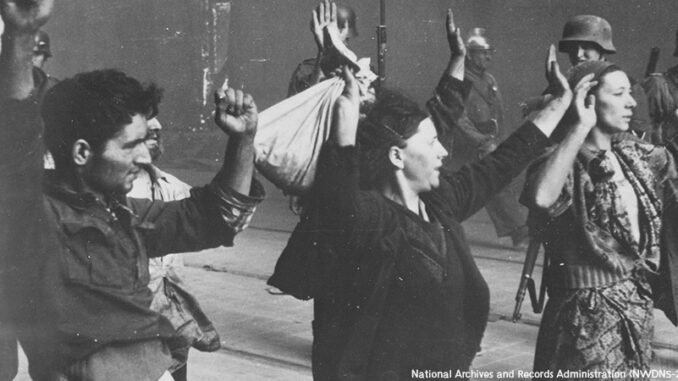
Maybe you have read Anne Frank’s Diary of a Young Girl. If so, you will know that it chronicles the lives of the Franks, an upper-middle class Jewish family who fled Germany for Amsterdam. They went into hiding to avoid capture by the Nazi’s, who were forcing the Jews into concentration camps where many were killed. This year marks the 70th anniversary of the eventual capture of Franks and their fellow inhabitants of a “secret annex.”
Life Before and After Hiding
A month before they fled, Anne picked out a red, checkered autograph book for her thirteenth birthday (June 12, 1942), for the purpose of recording her thoughts. These early entries document life as a schoolgirl, as well as the increasing restrictions placed upon the Jewish people by the Nazi party. When her older sister Margo received a notice that she must report to a work camp, the girls’ father Otto decided to move the family into hiding in a sealed-off section of the building of his jam and spice company called Opekta. They were joined by another family, the Van Pels (made up of Hermann, Auguste and their son Peter) and dentist Fritz Pfeffer.
While in hiding, Anne heard a radio broadcast calling for “ordinary documents – diaries, letters, simple everyday material” to be collected after the war as an archive for posterity. Anne began writing more deliberately, often going back and adding commentary to old entries. In her last entry, Anne attempts to reconcile her lighter side with her more complicated inner life.
On August 4, 1944, German officers, responding to an anonymous tip that there were Jews in hiding, stormed the Opekta building and forced Miep Gies, Otto’s employee and confidante, to reveal the hidden family. All eight occupants of the Annex were sent to concentration camps. Anne, her sister. and their mother all died from illness weeks before the end of World War II when the camps were liberated.
Living On In Print
Anne’s father Otto Frank was the only survivor of his family. When he returned to Amsterdam, the family’s belongings had been saved by Gies, Frank’s employee who had helped hid the family. Otto recovered his daughter’s diary. (Anne’s older sister Margo was reported to also have kept a diary, but hers was never found.) Struck by the depth of her thoughts and emotions, he published excerpts of the diary. It has been published in 67 languages and remains as one of the most widely-read book about The Holocaust.

Anne Frank’s voice still resonates today. Her voice is one that young people throughout time can relate to. She puts into words her life as a teenager, her concerns about not fitting in, personality conflicts within a family as well as her hopes and dreams. In addition to biographies and academic papers written about the girl and her family over the years, some writers have even imaged what life would have been had the family escaped persecution.
